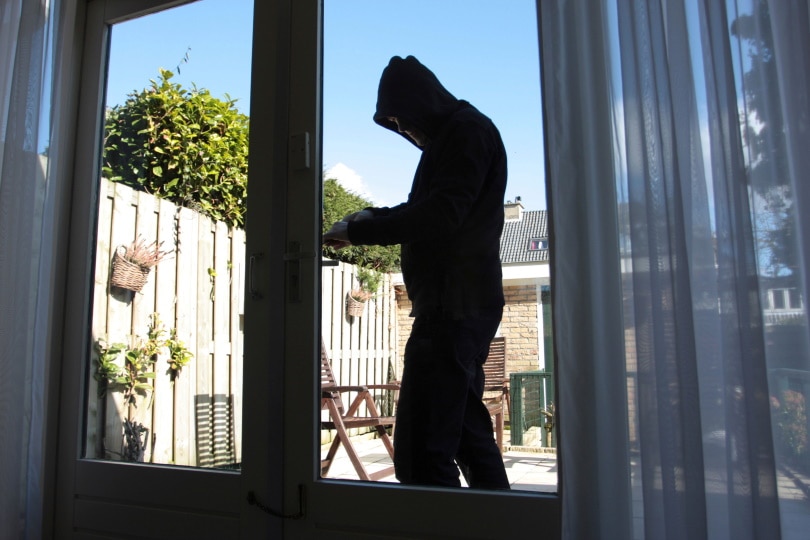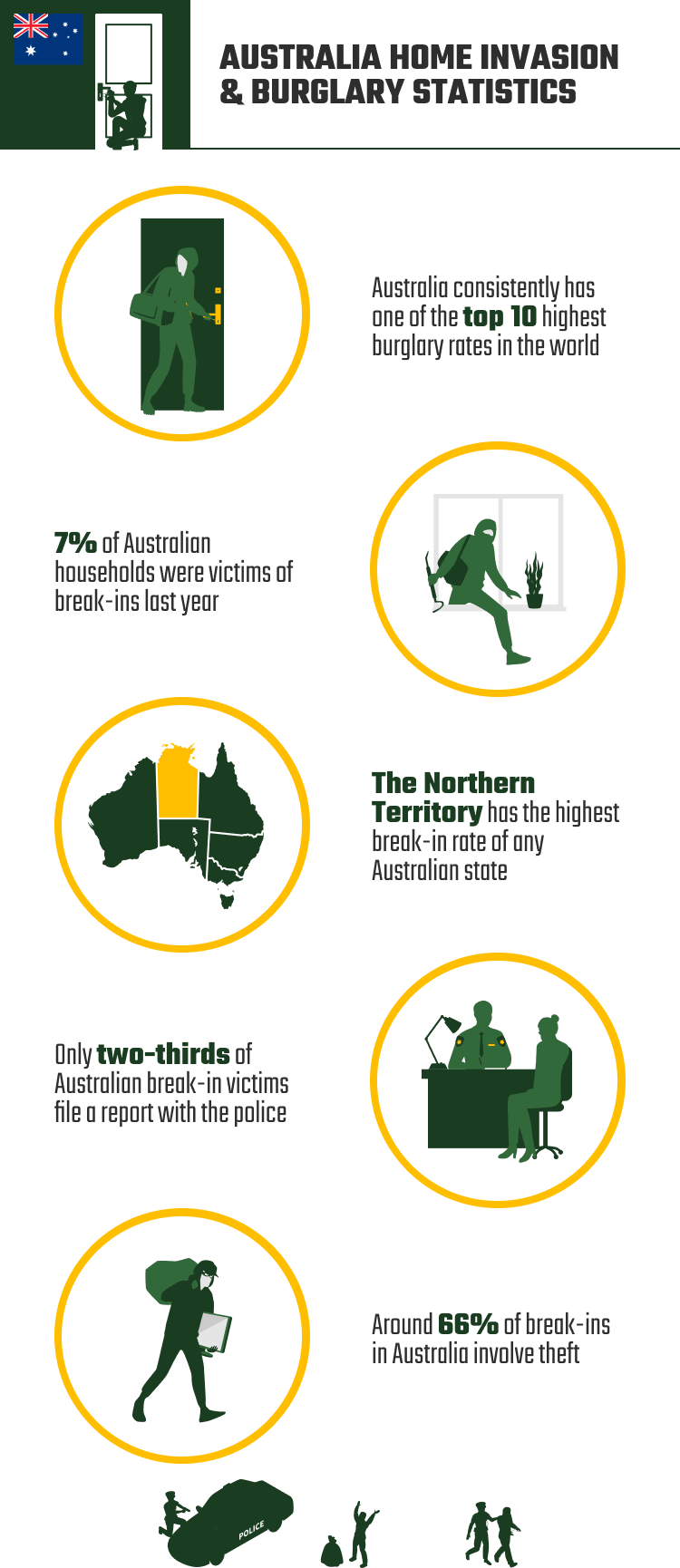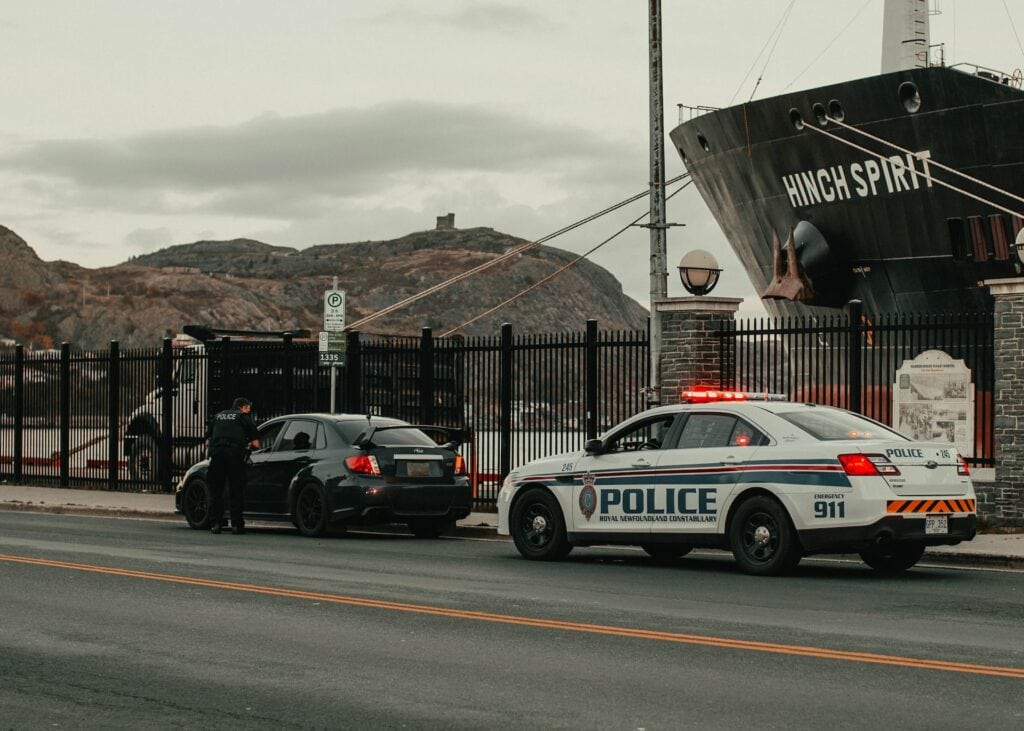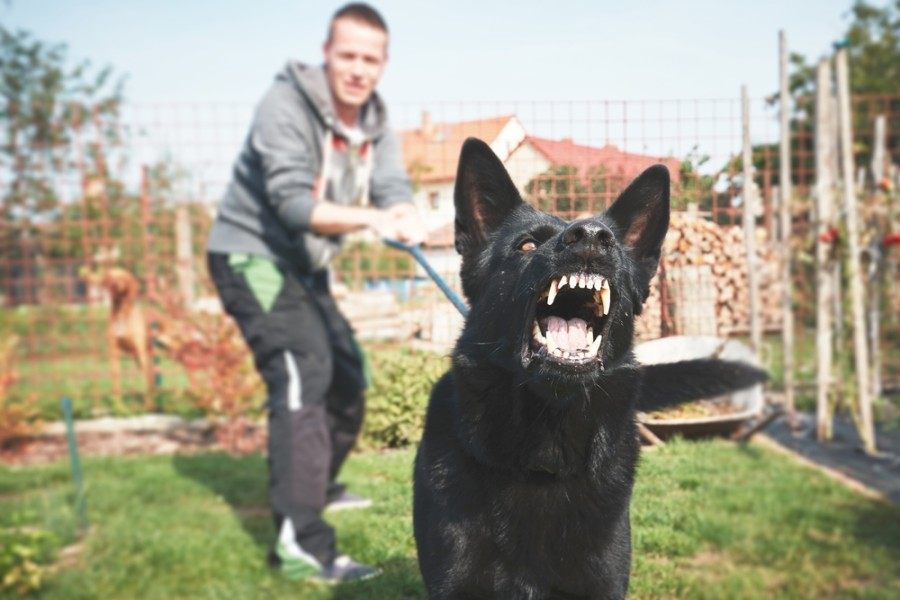9 Home Invasion & Burglary Statistics in Australia (2024 Update)
-
- Last updated:

Note: This article’s statistics come from third-party sources and do not represent the opinions of this website.
From the school systems to the proximity of shopping centers, there are many considerations when looking for a place to set down roots in Australia. Chief among them is safety. While you can make compromises in some areas, a low crime rate is crucial if you plan to live comfortably in one location for the foreseeable future.
Home invasion rates are an essential factor in gauging neighborhood safety. To give you an idea of the current state of household safety around the land Down Under, we’ve rounded up the top nine statistics on home invasion and burglary in Australia.
Click below to jump ahead:
The 9 Statistics on Home Invasion and Burglary in Australia
- Australia has one of the top ten highest burglary rates in the world.
- Home invasions have been decreasing in Australia for over two decades.
- 7% of Australian households were victims of break-ins in 2021.
- The Northern Territory has the highest break-in rate of any Australian state.
- 23% of break-in victims experience multiple burglaries.
- The lowest quintile and highest quintile of household incomes are at the highest risk of a break-in.
- Only two-thirds of break-in victims file a report with the police.
- 89% of Australians lock their doors and windows to prevent burglaries.
- 66% of burglaries involve theft.


Home Invasion Trends
1. Australia has one of the top ten highest burglary rates in the world.
(Statista)
While Australia has earned a reputation as a safe country, you would not believe it if you saw their typical burglary rates. Australia consistently ranks among the top ten countries with the highest burglary rates.
In 2018, Australia had 675 burglaries per 100,000 residents, enough for it to steal the sixth spot from Austria. To its credit, the country’s statistics were still a far cry from New Zealand’s sky-high rate of 1,354 per 100,000 inhabitants, which earned it the top position for the year.

2. Home invasions have been decreasing in Australia for over two decades.
(Australian Bureau of Statistics)
The sixth worst country for burglaries may sound bad, but considering the country’s history, it can be seen more as a positive. Only a decade earlier, Australia ranked as having the highest break-in rate of any country in the world. And compared to 2018 numbers, Australia’s current burglary rates are even lower today.
Burglary rates, and household crime as a whole, have been falling for decades. Australia peaked in 2000 with 436,968 cases of unlawful entry with intent, but since 2001, the numbers have plummeted.
In 2021, there were only 139,094 victims of unlawful entry with intent, representing a 68% decrease since two decades prior. And that was even with a minor uptick from an all-time low in 2020 of 133,871.
Over the same period, the decades-long decrease aligned with reductions in several offenses, including homicide, vehicle theft, and property damage. Many attribute the general crime reduction to improving economic conditions, security technology advancements, and even new laws such as the 1996 National Firearms Agreement.
3. 7% of Australian households were victims of break-ins in 2020.
(Australian Bureau of Statistics)
The steady decline of home invasions in Australia got a boost from the pandemic to finish 2020 with a nearly 30% reduction in break-ins from the previous year. Attempted break-in victimization rates also fell to 1.8%. It was a modest decrease from the 1.9% rate in 2019 but still an all-time low for Australia.

Burglary Victims
4. The Northern Territory has the highest break-in rate of any Australian state.
(Australian Bureau of Statistics)
Crime is decreasing across Australia, but some states have more catching up to do than others. In 2020, Tasmania and New South Wales had the best break-in rates of any state, both sitting at a 1.4% victimization rate. Even in 2008, the two states showed some of the lowest occurrences at 2.4% and 3.0%, respectively.
Meanwhile, states like the Northern Territory are still trying to match those 2008 numbers set by the leading regions. Home to crime hotspots like Alice Springs, the state posted a 4.5% victimization rate in 2020. It was an impressive improvement from its 7.7% rate in 2008 but still almost double that of the next highest rate, Western Australia’s 2.4%.
5. 23% of break-in victims experience multiple burglaries.
(Australian Bureau of Statistics)
Unfortunately, you’re more likely to be a multi-time victim of a break-in than most other property-related crimes. Of the roughly 171,000 people who experienced a break-in in 2020, over 40,000 experienced multiple burglaries. That accounts for nearly ¼ of anyone who suffered a break-in.

6. The lowest quintile and highest quintile of household incomes are at the highest risk of a break-in.
(Australian Bureau of Statistics)
Break-ins, alongside many other crimes, are more common in economically disadvantaged neighborhoods. Interestingly, while this is still the case in Australia, the highest income group also appears to be at a slightly higher risk of break-ins.
In 2020, the lowest quintile and the highest quintile of household incomes had the highest break-in victimization rate at 2.0%. Regarding the socio-economic advantage, the two lowest quintiles had the highest rates at 2.1% each, but the highest quintile was next in line at 1.7%.
In both cases, the third quintile had the lowest break-in rates. The middle household income group had a break-in rate of 1.6%, while the third quintile in socio-economic advantage had a 1.4% rate.
Break-In Response and Prevention
7. Only two-thirds of break-in victims file a report with the police.
(Australian Bureau of Statistics)
Australians don’t make much fuss over burglaries, as only 68% of break-in victims reported it to the police in 2020. It’s the lowest reporting since 2008 and a much smaller number than the decade-high 79.5% of victims who reported break-ins in 2010.

8. 89% of Australians lock their doors and windows to prevent burglaries.
(Budget Direct)
The number one effort made by every Australian to prevent home invasions and burglaries, regardless of age, sex, or location, is locking up the house. Nearly 90% of Australians lock their doors and windows, while 54% use security screens.
Other popular tactics include low-tech options like installing fences (59.3%), leaving the lights on (37.6%), or getting a guard animal (32.5%). Only 32.2% of Australians set up security cameras and even fewer employ alarm systems. Younger Australians aged 25–34 are the most likely to use cameras, but older Australians over 55 use security systems to protect their homes more than any other age group.
9. 66% of burglaries involve theft.
(Australian Bureau of Statistics)
Burglaries don’t always end in loss. In Australia, only two-thirds of victims discover that anything was stolen, while less than half report any property damage. If something is broken, it’s often a window or door, as 43.1% of attempted break-in victims discover damage or evidence of tampering to gain entry.


Frequently Asked Questions
Why Don’t Australians Report Break-Ins?
The 68% break-in reporting is a surprisingly low rate for successful crimes, but the unsuccessful ones entail an even lower likelihood of follow-up with the police.
Only 45.1% of attempted break-in victims report the crime to the police, with most (25.7%) believing it wasn’t important enough. Another 13.5% thought the police couldn’t do anything to help, which was the main reason that most actual break-ins went unreported.
What Is the Most Commonly Stolen Item During A Burglary?
Among the 66% of people who lost something during a break-in, 19.9% reported missing personal items like clothes, jewelry, or handbags. Other popular items for burglars to steal include bikes and sports gear (17.9%), money and wallets (15.7%), and tools (14.9%).
What Are the Most Effective Burglary Deterrents?
According to detainees in Australia, the most effective way to prevent a break-in is to have a dog. A barking pet can quickly draw attention, and would-be burglars don’t think it’s worth the risk. Working alarm systems and sensor lights are also relatively helpful in deterring criminals.

While security systems can help deter burglars, a few simple mistakes will still make your home a target. The worst is keeping a vacant-looking home with a full mailbox, unmoved trash bins, and no cars in the driveway for long periods. Burglars often scope out victims ahead of time and will quickly notice inactivity.
That doesn’t necessarily mean that faking activity is effective. Burglars can tell if a house is unoccupied, and leaving the lights on or the TV overnight as a trick can have the unintended effect of advertising your place as an easy mark. Instead, due diligence and partnerships with neighbors to check on your house, collect mail, and take out the trash while you’re gone will have much better results.

Final Thoughts
Seeing Australia among the countries with the most burglaries and home invasions may seem like cause for concern, but the greater context indicates significant movement in the right direction. Break-ins have nosedived across the country by nearly 50% since 2008, and even traditionally risky regions are showing improvement. With a few basic preventative steps, you’ll see the country is much safer than the numbers indicate.
Featured Image Credit By: Nancy Beijersbergen, Shutterstockc
Contents


